727 Sailbags Presents: La Belle Plaisance
At 727 Sailbags, we are fascinated by boats with exceptional curves and that have a story to tell. We're also fascinated by boats which have enabled the development of boating in France and around the world. However, as we delved into this topic, we realized that there was little information that existed on the history of boating.
Our crew was put into action to gather all the information possible, and bring you aboard the story of "La Belle Plaisance" - which makes us dream!

If this period is so named, it is because after the Franco-Prussian war, France will experience major social, economic, technological and political progress. For the British, we are at the end of the Victorian and Edwardian era. At this time, old Europe cultivated an unshakeable faith in progress as well as a great deal of optimism about the future. This new state of mind in particular animates the cabarets, workshops and art galleries... and even the salons frequented by the bourgeoisie. And since eras are most felt in fashion and architecture, they also permeate the design of boats!
Until this time, ships were mainly used to fight the enemy or transport goods. But in times of peace, sailing gradually becomes a posh pastime. We then witness the emergence of modern and elegant boats, which will later become the armada of old rigs that we restore today, like pages of history that we would like to keep forever.
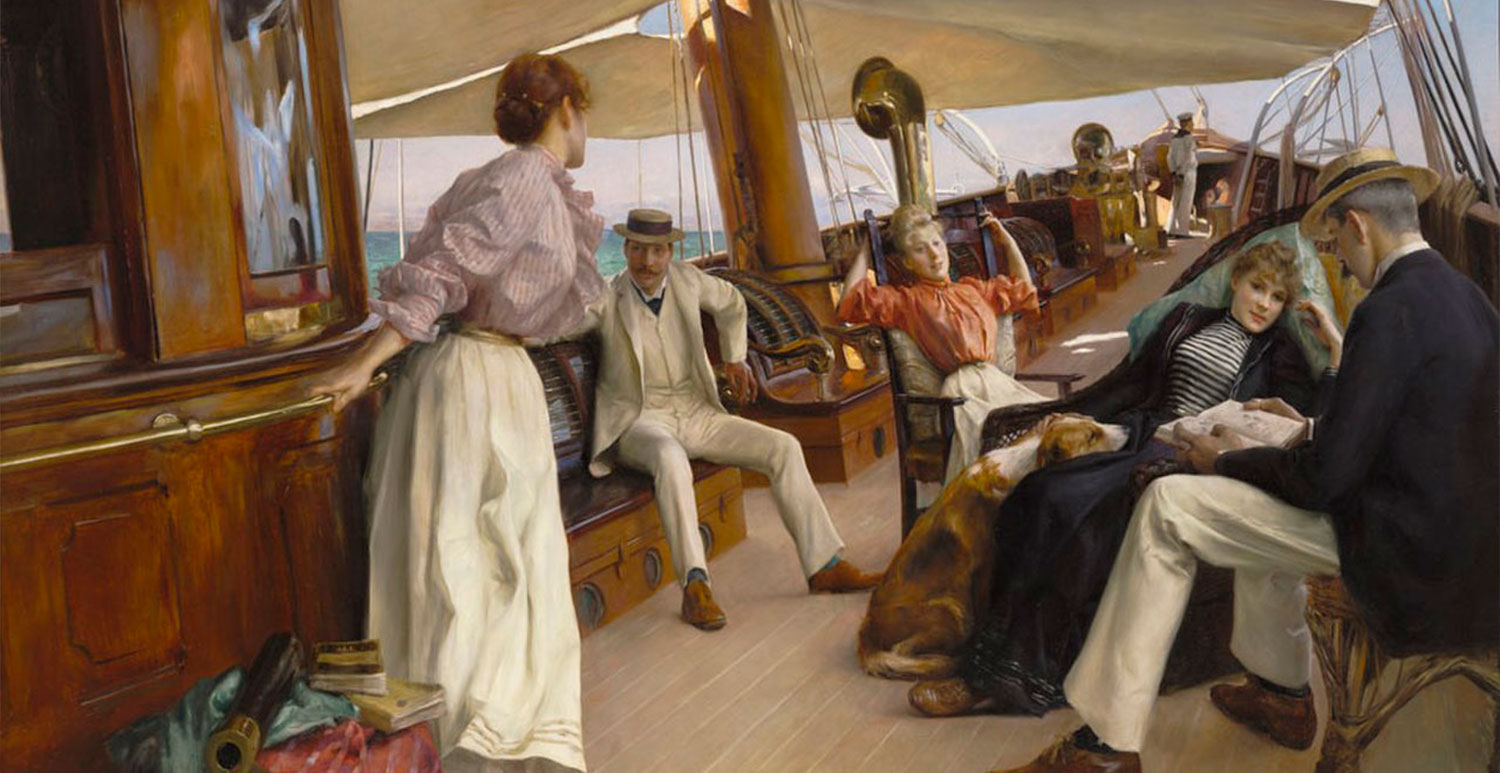
Classic sailboats can be recognized by their wooden or metal hulls, slender curves and exceptional sails. All you have to do is get on board one of these boats to understand the importance and meticulousness that was given to the finishes, fittings and materials.
From the 19th century, boating was a private leisure activity in England, reserved exclusively for the wealthy. the upper middle class. Owning a sailboat, for the English, was an outward sign of wealth, reserved for nobility and the upper class - so much so in fact, that some British subjects acquired boats only to assert their place in society, without having ever sailed. Boating enthusiast crews clash during friendly confrontations between gentlemen, especially off the Isle of Wight.These informal competitions would later take the name of "regattas", with the writing of the first rules and the organization of nautical events done by Her Majesty's yacht clubs.
In France, the development of boating will take place later, in the 1960s, especially after the victory of Eric Tabarly aboard the Pen Duick II - making him the first Frenchman to win the RORC Transat Anglaise, in 1964. This feat against the English will be celebrated in France, and will open the hearts of the French to both yachting and ocean racing.
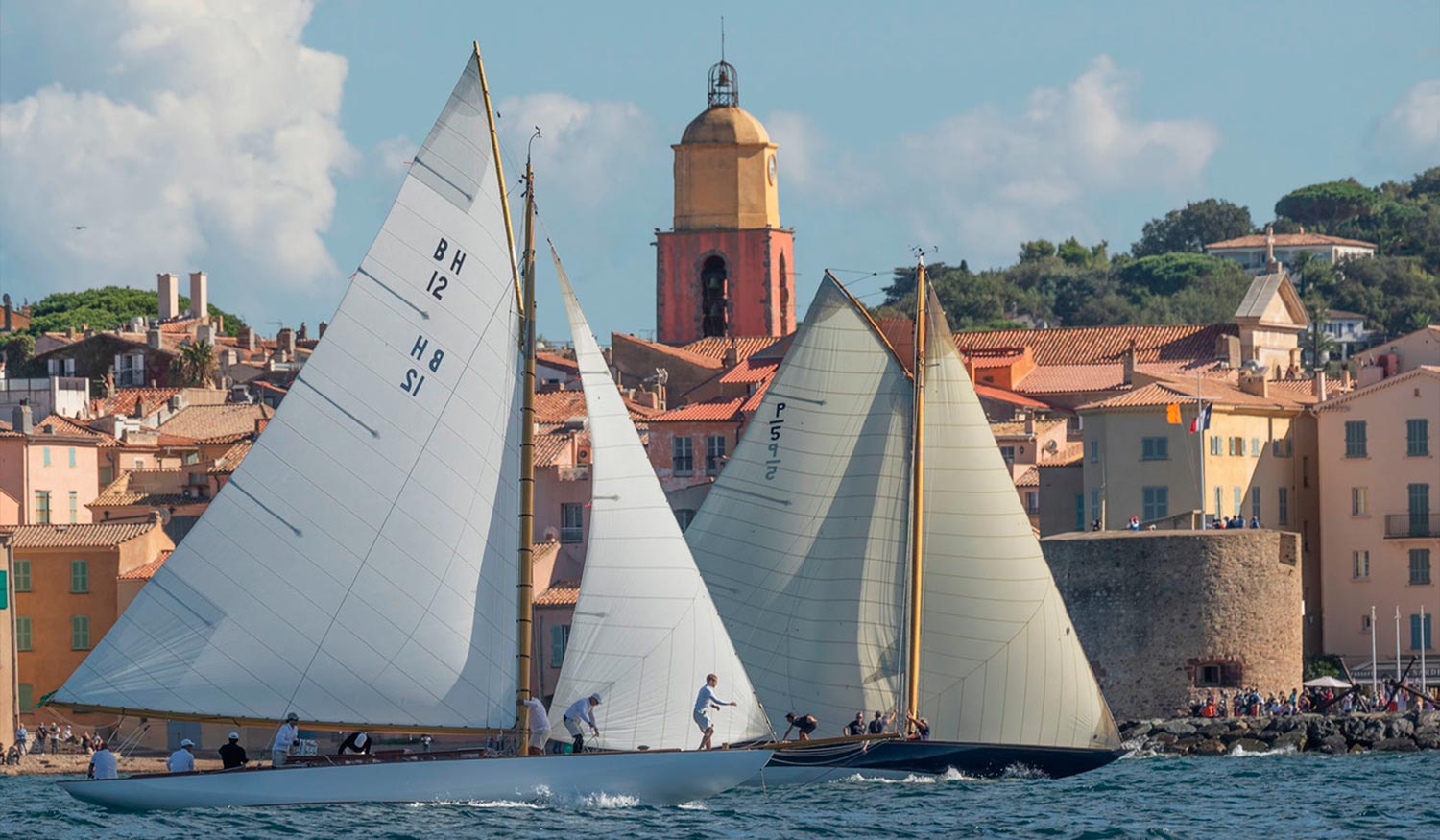
If regattas are developing, it is thanks to the yacht clubs that organize them. In these very exclusive clubs - that we compare to Gentlemen's Clubs - wealthy sailing enthusiasts meet to sail, share an aperitif, find out about sailing news across the land, and of course, develop their network. By accessing these clubs, attendees affirm their social rank, leaving aside the owners of small boats.
The best known club of all is the Squadron Royal Yacht Club, located in Cowes Castle on the Isle of Wight. This prestigious UK sailing club organized the first America's Cup in 1851. We can also mention the Royal Yacht Club of London (RYCL), considered the most historic and prestigious yacht club in Great Britain. It is here the origin of the Cowes Classic Week, the largest regatta of classic yachts in the world.
There is also the Southampton Royal Yacht Club. Known as the main organizer of the "double lancé" races, which launched in 1989, and which is still today fully involved in the Cowes Classic Week. The Royal Western Yacht Club is based in Plymouth. Founded in 1827, its initial objectives were to create an annual regatta. A little later, it will also organize a series of annual races for J-class yachts - an event that takes place until 1934.
In France, the Yacht Club De France (YCF) was created in 1863 under the reign of Napoleon III, to formalize and organize the practice of pleasure sailing in France. But this sport remains exclusive, making only the richest dream. Today, the YCF also sponsors the Voiles de Saint Tropez event.
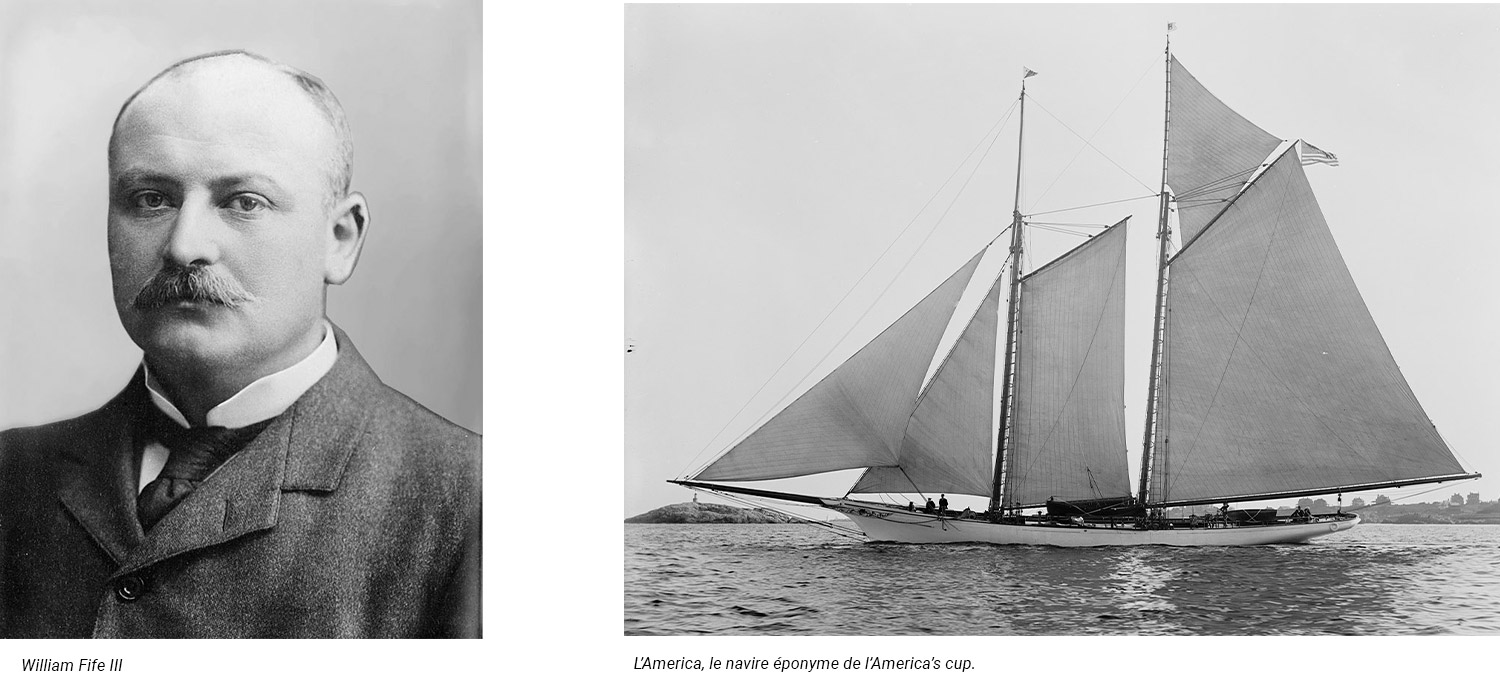
Two territories with two different visions. In England, regattas are run by professional skippers, as it is believed that amateurs lack the skills to sail classic yachts. This differs in the USA, where anyone can sail. This is true during the America's Cup, one of the oldest running competitions between the nations. It owes its name to the famous schooner "America" which won the first edition in 1851, which pitted the English against the Americans. Since then, the Americans are very often the holders of the Cup, sometimes known as "The Silver Ewer" or "Auld Mug". This regatta is also the subject of competitions between naval architects of legendary sailboats of English and American origin.
One of the best known architects, the British William Fife III, succeeded his father and grandfather, both shipbuilders and named William Fife I and II. He embarked on the construction of yachts in 1890 and far surpassed his ancestors, to the point of becoming the main naval architect of that period. He designed and had the prestigious Shamrock and Shamrock III built for the America's Cup. Eric Tabarly's Pen Duick is also one of his creations.
American Nathanael Herreshoff competed with the creations of Fife with a line of undefeated sailboats in the America's Cup from 1893 to 1920. "Vigilant" is his first boat to win the race, and even had him at the helm. "Columbia" also sees several victories, in particular against Shamrock and Shamrock III.
Charles Ernest Nicholson is also a renowned architect, with his focus on elegance, speed and seaworthiness. He had his first yacht design, the Redwing, built in 10 days. For the famous regatta, he designed 4 sailboats including Endeavour, Endeavor II, Shamrock IV and Shamrock V. Unfortunately for him, only the Shamrock V won the cup in 1930.
Not to be lost amongst these architects, we also have George Lennox Watson, who designed a total of 432 boats in his career. This represents the launch of a new design every 3.5 weeks. For the America's Cup, he designed Thistle, Valkyri II, Valkyri III and Shamrock II. Since these times, other classic sailing regattas have also emerged, such as Les Voiles de Saint Tropez and the Royal Regatta of Cannes.
These historical facts inspire authors, painters and many other artists in the creation of their work. In particular, we think of works such as "Around the World in 80 Days" by Jules Vernes, or the painting "Sailing in the Mediterranean" by Julius Leblanc Stewart. 727 Sailbags was thus also inspired by the adventures of the Belle Époque and all these prior works - both naval and literary - to create a collection with a retro and vintage look.
Crafted in the sails of Moonbeam and Sumurun, classic sailboats created by William Fife, this limited collection made with natural materials recalls the luxurious wood and the meticulous work used in these classic sailboats. The navy blue leather used in the collection also recalls the pulleys of legendary sailboats. The stainless steel eyelets and metal finish evoke the detail used in the fittings of these traditional ships.
Through this collection of travel bags, 727 Sailbags explores the refinement and elegance of the Belle Plaisance of yesteryear.

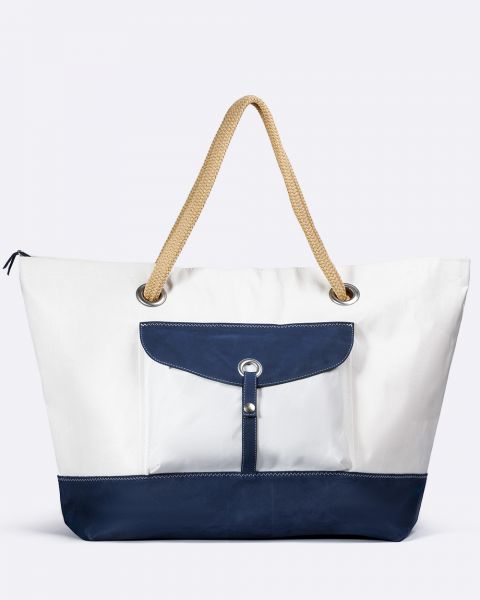
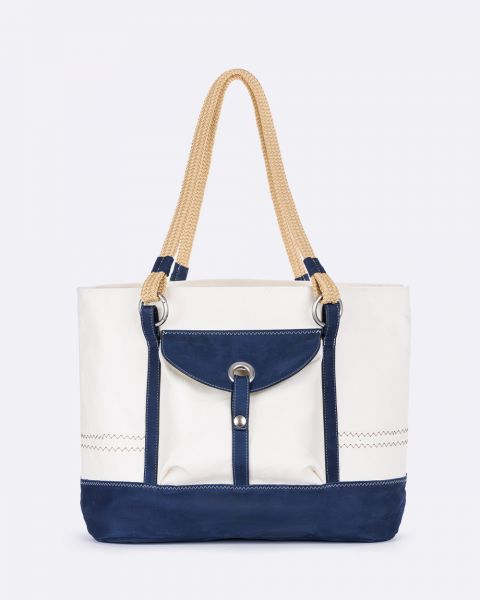
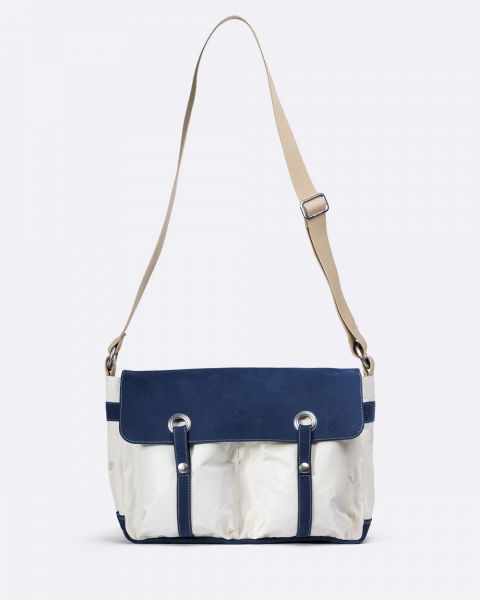

.jpg)
.jpg)
.jpg)
.jpg)
.jpg)
.jpg)
.jpg)
.jpg)
.jpg)


